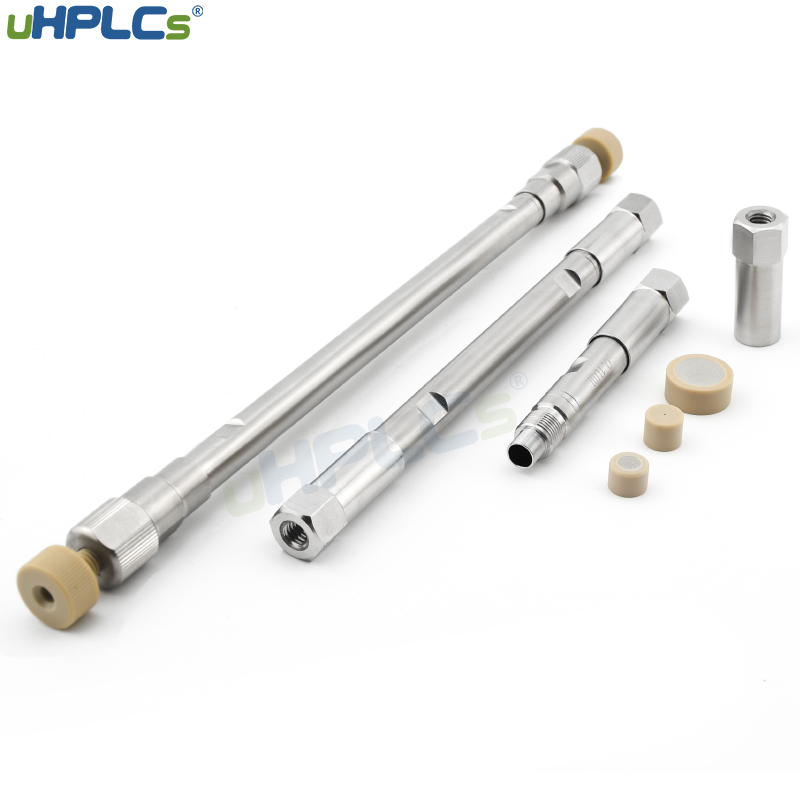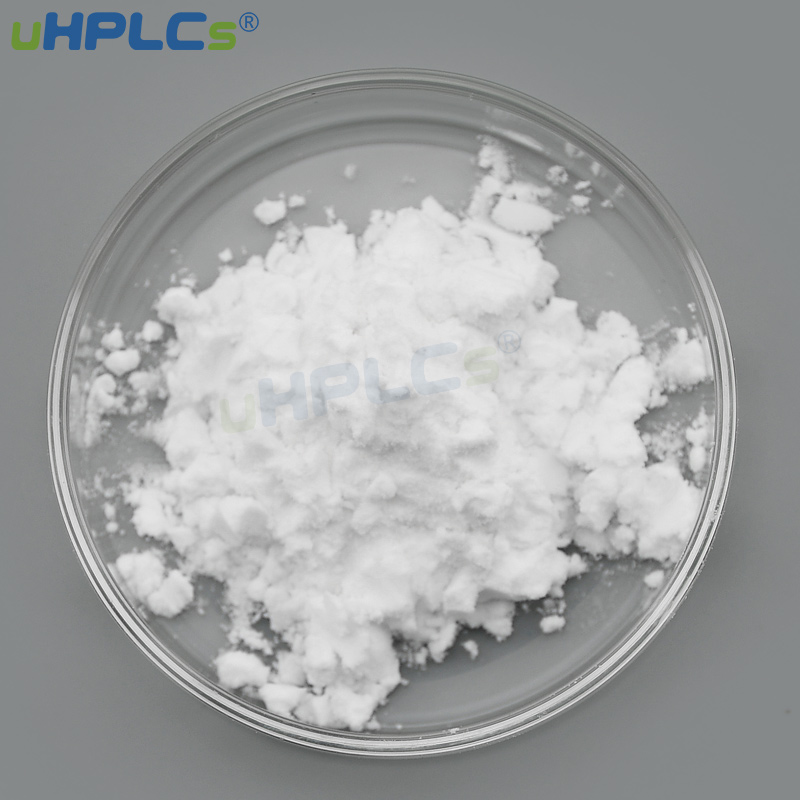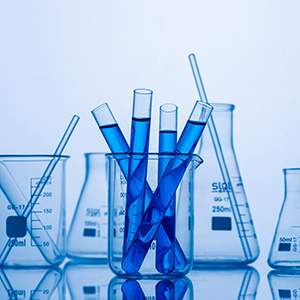First, separation mode
The primary task of selecting chromatographiy column is to select the separation mode. There are many methods to separate molecules, among which the most widely used methods include reversed phase, normal phase, hydrophilic interaction, ion exchange and size exclusion HPLC. There are also less common but more specialized modes of separation, such as specific chiral chromatography using chiral stationary or mobile phases.
A reversed phase column is typically used for nonpolar or weakly polar organic compounds and contains a nonpolar stationary phase (such as C18) that is usually paired with a polar flow. The C18 AQ reversed phase column has a longer life than similar products in 100% water and is suitable for the analysis of polar substances in high water phase conditions. However, this method is not suitable for the application of proteins. The mobile phase usually contains acetonitrile or methanol with low pH value, which may denaturate the proteins, resulting in false peaks or protein aggregation and column blockage.
Second, the column length
After determining the separation mode and chromatographiy type, consider the hplc column length. The ideal column length depends to some extent on your particular sample and separation mode. In general, longer chromatographiy analysis columns require longer running time but produce better separation results. LC column length (sometimes called “bed height”) is particularly important for separating proteins by size.
Third, the size and type of filler
HPLC column beds consist of spherical functional particles, usually 2 to 10 μm in diameter. Particle sizes of less than 2 μm are used for UHPLC. Uhp liquid chromatography is operated at very high pressures, so it uses smaller particles than HPLC. It has 2μm silica gel matrix chromatographiy packing with uniform pore distribution and high compressive strength. Due to the high activity of hydroxyl groups on the surface, it can achieve the effect of rapid separation and purification under medium and high pressure. In general, smaller particle sizes provide higher separation rates — but note that the back pressure is also greater to pump the mobile phase into a denser column.
Forth, the material of hplc filler
Common options are silica, hydroxyapatite and crosslinked polymer resins. Common hydrophobic alkyl chains are C4, C8 and C18 lengths. In general, the material has some degree of selectivity to the target analyte — making this choice is important to optimize the separation. For example, C18 is more commonly used to isolate peptides or small molecules, while C4 is more suitable for proteins.
Technological developments have also created new classes of particles. A novel silica based material called surface porous particle (SPP) or core-shell particle promises to achieve higher separation efficiency with a particle size of 2 μm. In general, conventional HPLC columns with particle sizes less than 2 μm require specialized UHPLC pumps or systems to handle higher back pressures. Unlike spherical and fully porous conventional silica particles, SPP particles consist of a solid silica core covered by a porous silica shell. The advantage of these particles is that they exhibit the same efficiency as 2-micron particles, with particle sizes ranging from 2.6 microns and above, but operating at slightly more thanhalf the back pressure .
Post time: Jun-18-2022








